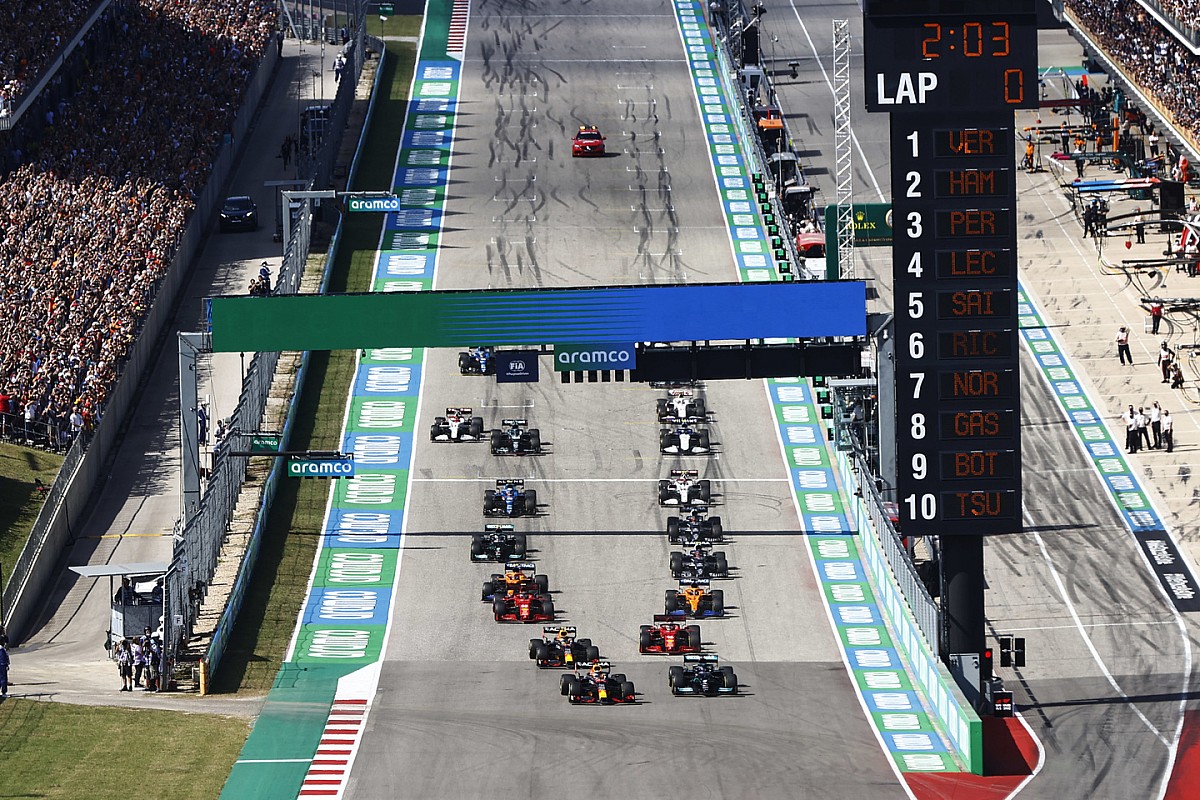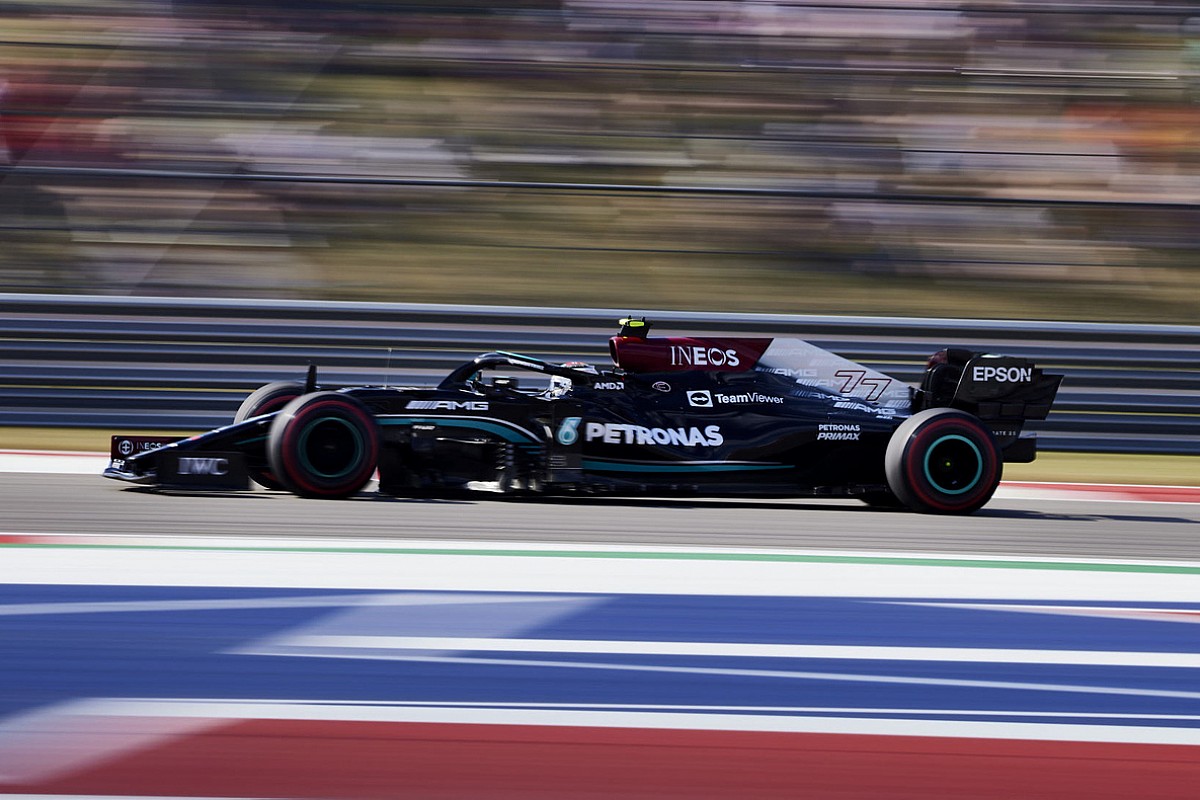The Artist.....
Champion Elect
It's interesting that the team owners (Wolff and Seidl) have suggested that there is no alternative to engine grid penalties. I really worry when we see these sorts of statements, as they really suggest that team bosses can't think outside of the box:
Option 1:
Drivers could be prevented from scoring constructor points once they've used more than 3 engines.
Option 2:
Teams could be fined $5-10 million (coming out of the budget cap) for every extra engine that they use
Option 3:
Additional engines require a reduction in the amount of fuel that can be used by the drivers

 www.autosport.com
www.autosport.com
Option 1:
Drivers could be prevented from scoring constructor points once they've used more than 3 engines.
Option 2:
Teams could be fined $5-10 million (coming out of the budget cap) for every extra engine that they use
Option 3:
Additional engines require a reduction in the amount of fuel that can be used by the drivers

F1 team bosses see no alternative to power unit grid penalties
 www.autosport.com
www.autosport.com


